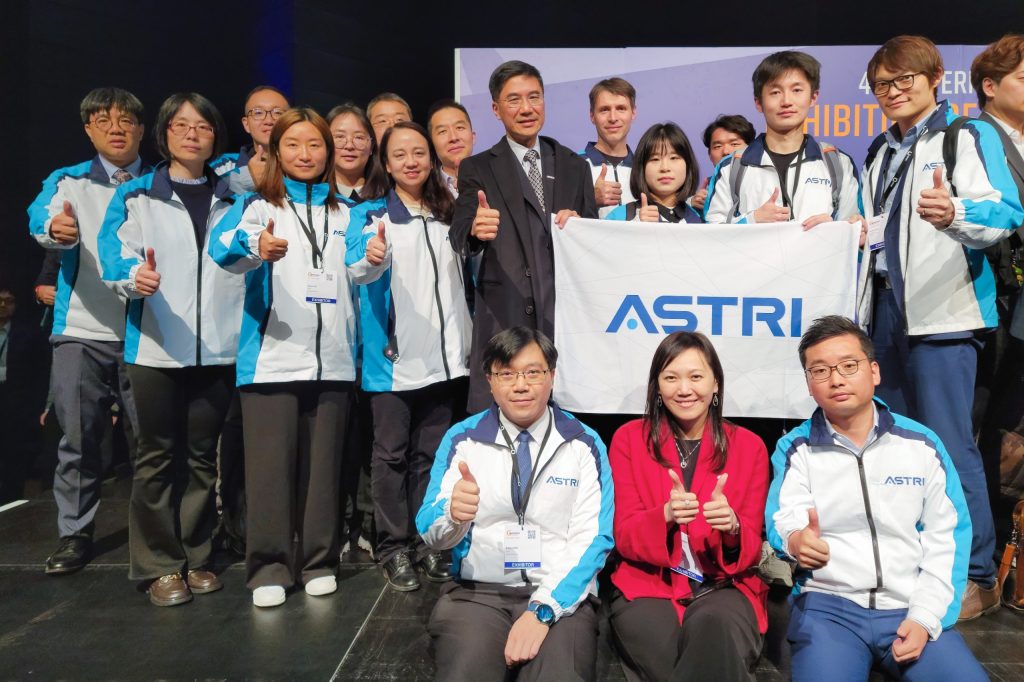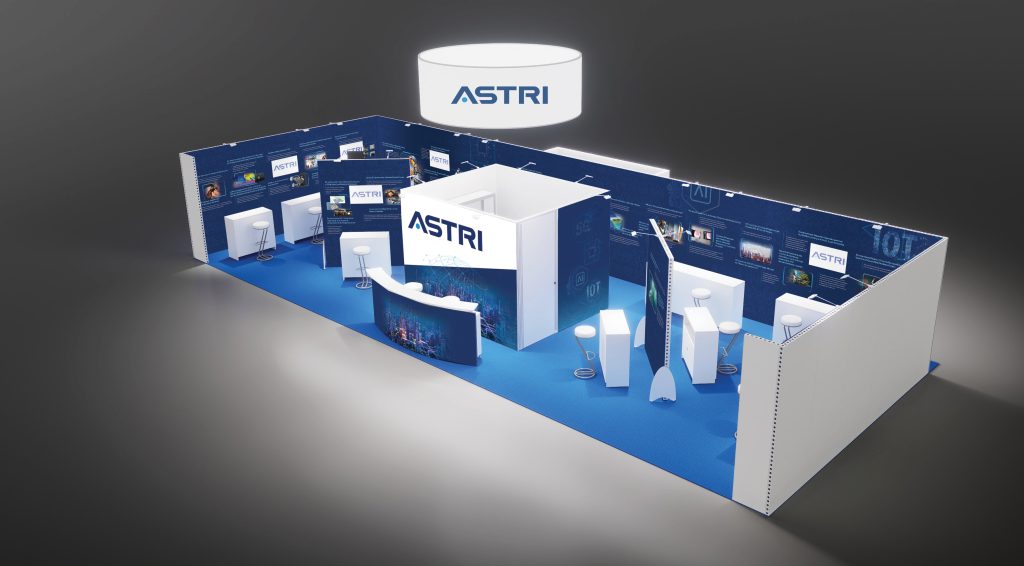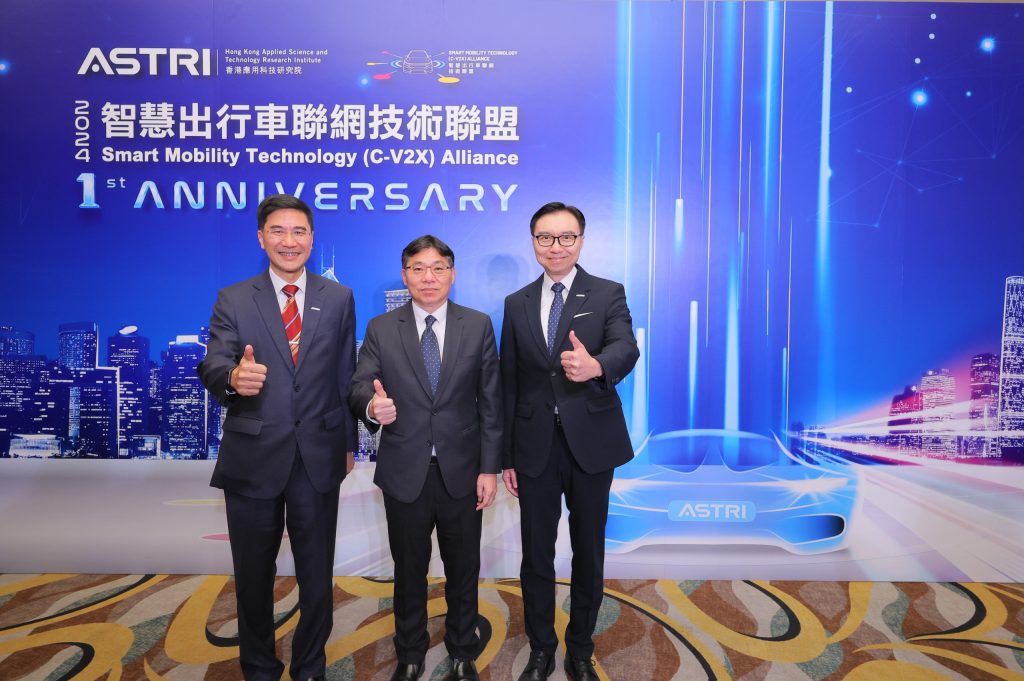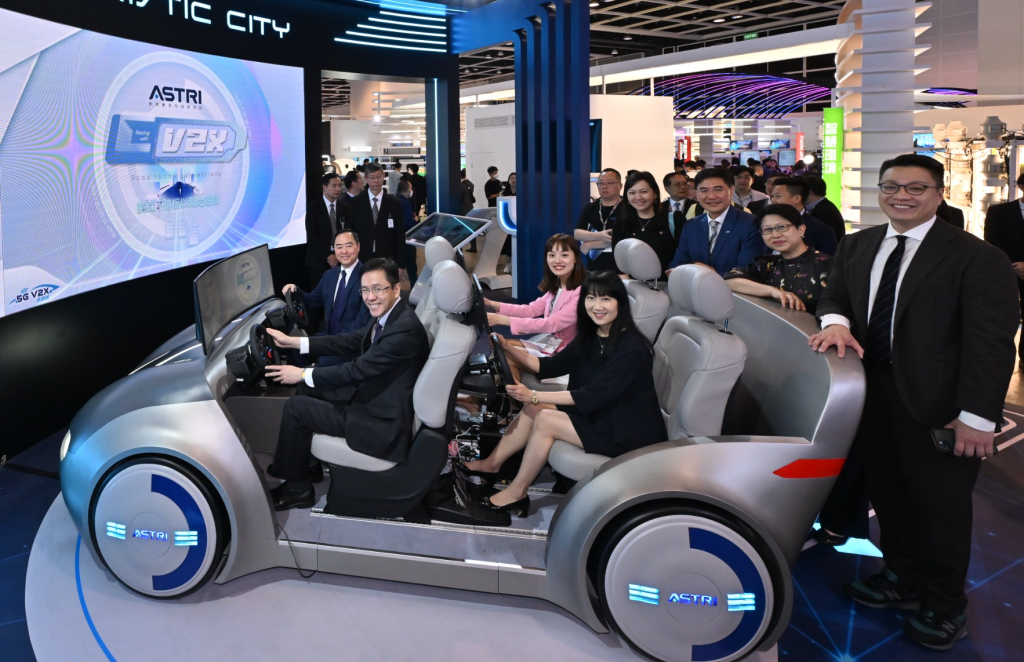[30 April 2024, Hong Kong] The Hong Kong Applied Technology and Research Institute (ASTRI) collaborates with the Immigration Department of the HKSAR Government for the first time to promote the utilisation of innovative technologies aimed at providing top quality and efficient public services.
Witnessed by Ir Sunny Lee, Chairman of ASTRI and Mr Tang Ping-keung, Secretary for Security, Dr Denis Yip, Chief Executive Officer of ASTRI and Mr Benson Kwok, Director of Immigration signed a Memorandum of Understanding (MoU) today.
Enhance services with four key technologies
Adapted with the times, the Immigration Department is dedicated to leveraging innovative technology solutions and catering to the HKSAR Government’s goal of speeding up the development of “Smart City”. In partnership with ASTRI, Mr Benson Kwok, Director of Immigration, said that the application of innovative technology developed by ASTRI would enhance the Department’s service level by assisting staff in boosting work efficiency to meet growing demand for public services and fulfil the needs of future development.
In order to ensure the delivery of efficient and quality services to the public, the Immigration Department and ASTRI will explore innovative solutions for adopting technologies in four key areas: “Innovative Immigration Clearance Mode”, “Biometric Identification and Authentication”, “Artificial Intelligence Assisted Immigration Application” and “Collaborative Robotics Technology”.
Export technologies to other smart cities
Appreciating the Immigration Department’s decision to co-operate with ASTRI to support technology research in Hong Kong, Ir Sunny Lee, Chairman of ASTRI stressed that this collaboration sets a positive precedent for neighbouring cities to adopt innovative solutions that enhance public convenience.
“We are ready to team up with other government departments to apply I&T in more scenarios for the greater good, promoting the development of home-grown innovative technologies and cementing Hong Kong’s role as a technology transfer hub,” he added.
Multiple technologies to boost efficiency
Dr Denis Yip, Chief Executive Officer of ASTRI, said that the applications of multi-cameras matrix sensing fusion technology, facial recognition and frontalisation technology, along with fast-searching AI algorithms and AI Out-of-focus De-blur engine allow moving targets to be identified and captured quickly to automate immigration clearance and improve efficiency.
“We have addressed some issues that may happen during vehicle immigration clearance process. For example, there is no moving window at the rear seat of some vehicles. Our team has developed pioneering technologies that can make image verification possible through the glasses.”
The MoU consists of other significant projects, including exploration of biometric identification and authentication technology to enhance service standards and law enforcement capabilities, AI-assisted immigration application, and collaborative robotics technology to strengthen the security measures within immigration premises and simplify the clearance process.
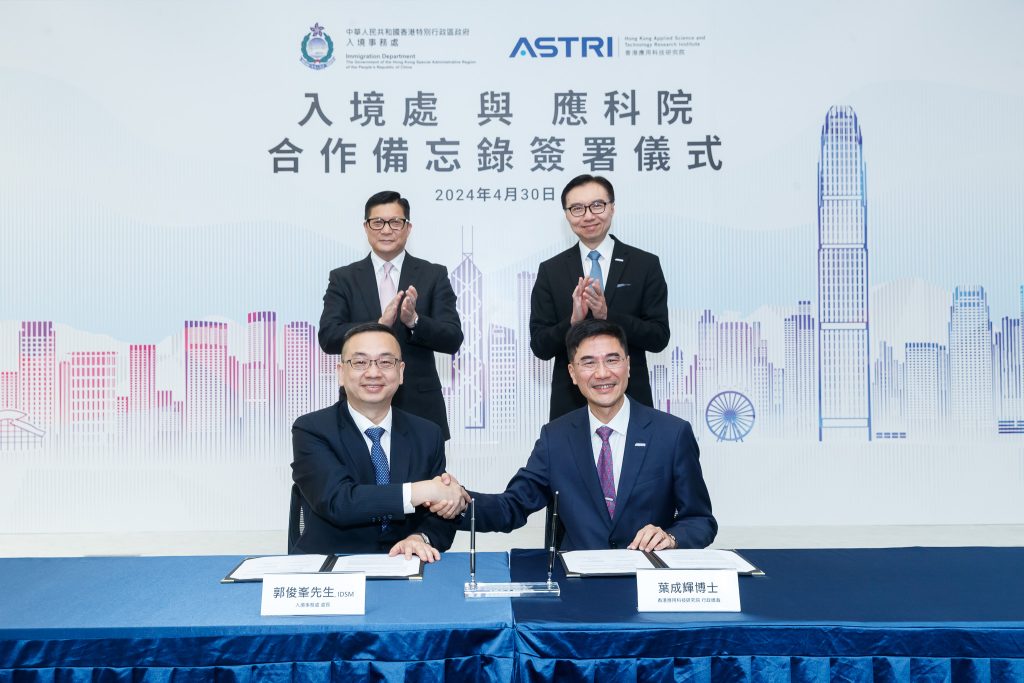
Witnessed by Mr Tang Ping-keung, Secretary for Security (left, back row) and Ir Sunny Lee, Chairman of ASTRI (right, back row), Mr Benson Kwok, Director of Immigration (left, front row) and Dr Denis Yip, Chief Executive Officer of ASTRI (right, front row) signed a Memorandum of Understanding today to promote the utilisation of innovative technologies aimed at enhancing the service standard
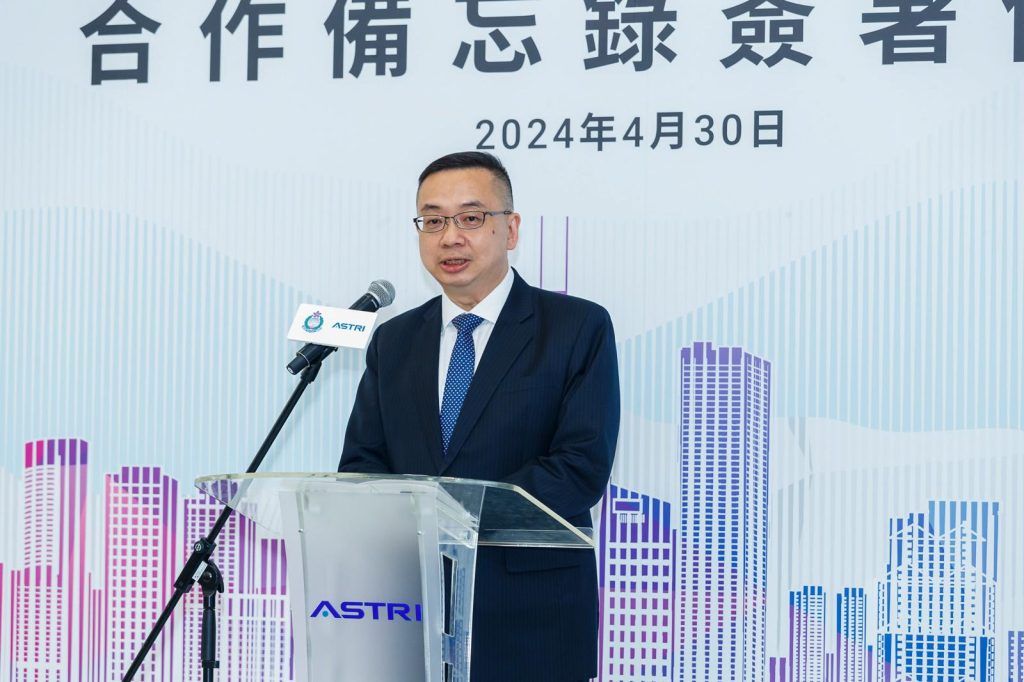
Mr Benson Kwok, Director of Immigration said the Department would support the development of “Smart City” and facilitate the research and development of local enterprises
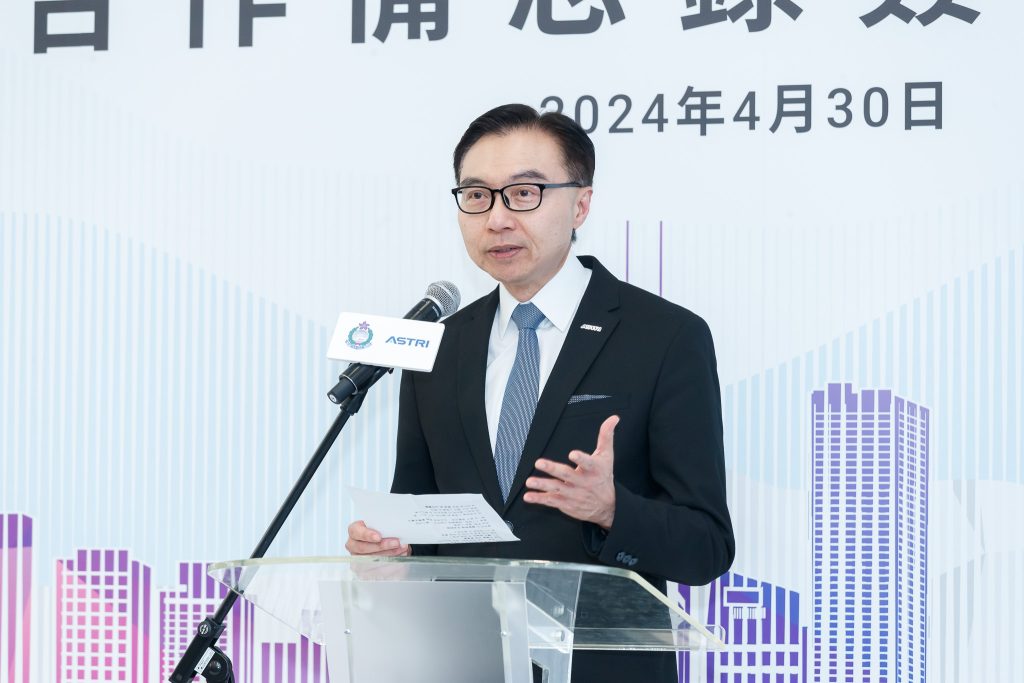
Ir Sunny Lee, Chairman of ASTRI welcomes more partnerships with other government departments for applying I&T in more scenarios for the greater good
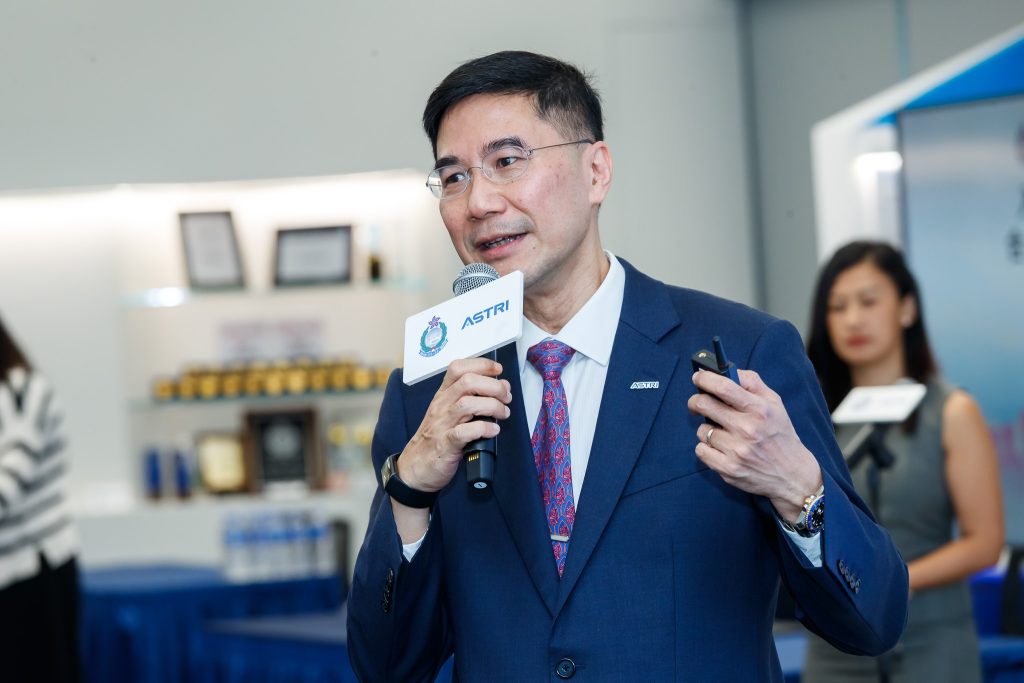
Dr Denis Yip, Chief Executive Officer of ASTRI said they would work with Immigration Department to utilise multiple technologies to enhance clearance efficiency
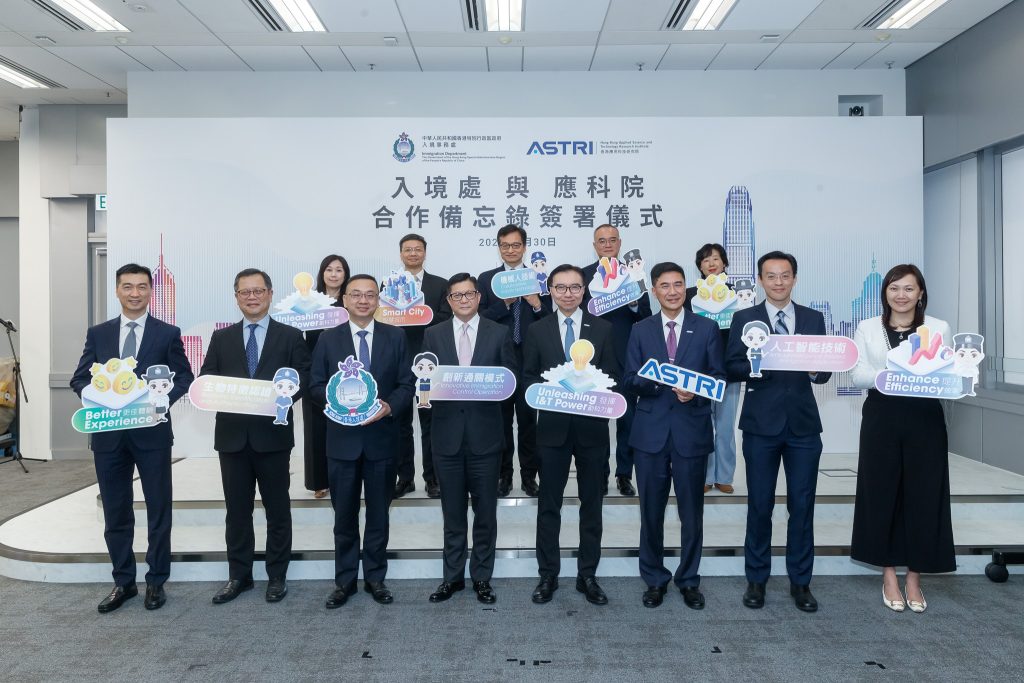
Related News
